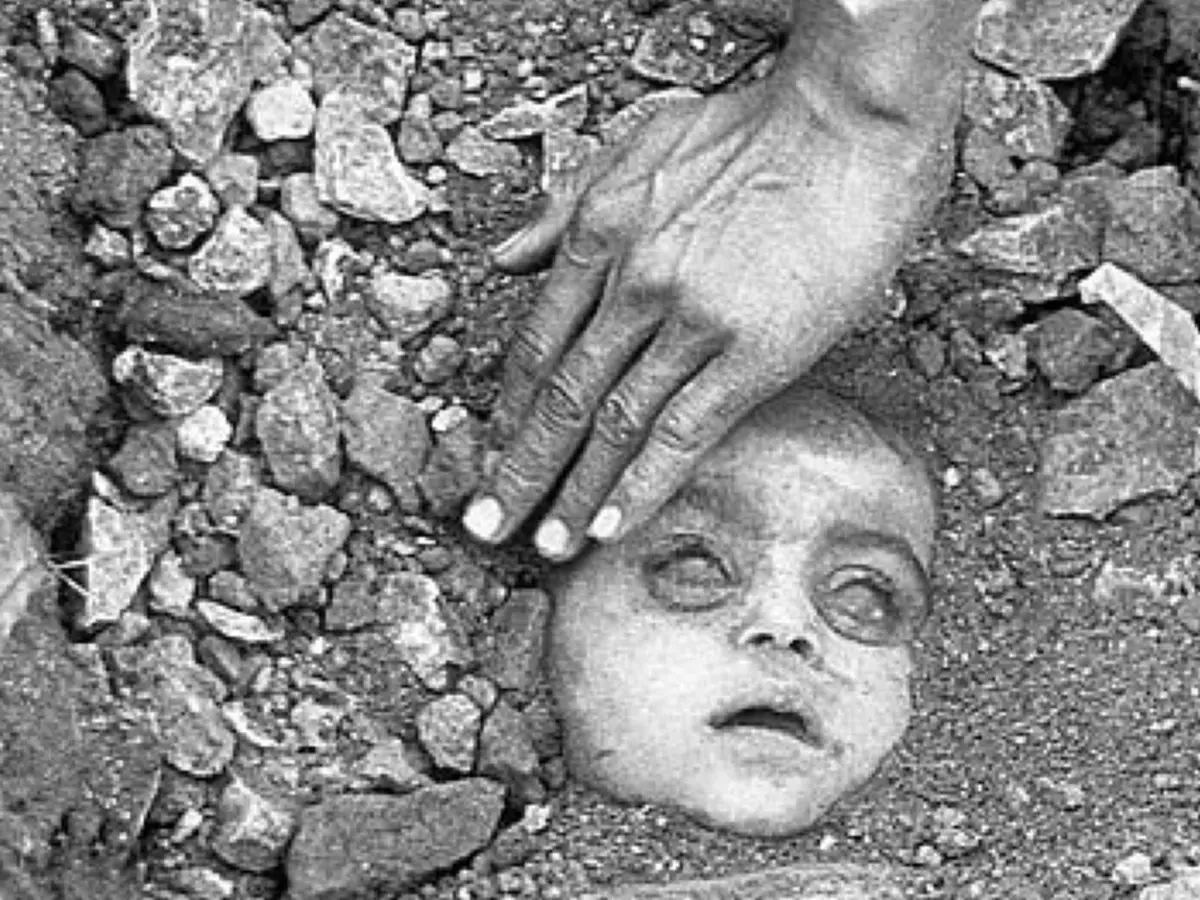Why, Even After 31 Years, We Should Not Forget The Bhopal Gas Tragedy
The Bhopal Gas Tragedy completes 31 years today. On the night of December 2nd 1984 water entered a tank containing the toxic MIC chemical at the Union Carbide India factory. The resultant reaction led to about 30 metric tons of toxic gas escaping into the atmosphere. About 500000 people were affected by the leak of which around 2500 died instantly. The effects of the leak are still borne by successors of the tragedy.

Still rated as the world's worst industrial disaster, the Bhopal Gas Tragedy completes 31 years today. Unfortunately, for most Indians, it is a disaster that has long been forgotten, despite the haunting effects still visible in the inhabitants of the land.
On the night of December 2nd, 1984, water entered a tank containing the toxic MIC chemical at the Union Carbide India factory. The resultant reaction led to about 30 metric tons of toxic gas escaping into the atmosphere. About 500,000 people were affected by the leak, of which around 2500 died instantly. The effects of the leak are still borne by successors of the tragedy. However, what is perhaps even more haunting than the effects of the leak, is the lackadaisical attitude adopted by the Indian government when it came to awarding justice to the victims.
When Warren Anderson, the then CEO of Union Carbide flew to India 4 days after the accident, he was granted bail and disappeared immediately, failing to return. He passed away in September this year, leaving millions of Indians without proper justice. Not only did the Indian government treat the matter casually and not enforce justice, the settlement of $470 million the victims were entitled to never reached them completely. A paltry sum of Rs 25,000 was offered to those injured and Rs 1,000,000 to the family member of a deceased. Most of the amount did not reach the people, and there are many who are still participating in protests and appealing to the government for releasing their compensation amount.
What is perhaps the worst part of the tragedy is that even after 31 years, the toxic waste from the plant has not been effectively disposed. It still lies in the same site, in a weed-infested UCC plant in Bhopal. There are guards posted outside the site but there has been no purification work carried out by the government in 31 years! While no one is allowed to enter the site, it still remains, mocking the villagers, a haunting memory of an incident that ended their lives.
There are many activists who are still working with and helping injured victims. Amnesty International, a non-profit organisation which is working in the country with the victims said, "US-based Union Carbide Corporation (UCC) has repeatedly refused to face criminal charges of culpable homicide in India. The Dow Chemical Company, which bought UCC in 2001, has shown a similar arrogant disregard for the Indian legal system. The United States government has acted as a safe haven for UCC and Dow, ignoring its responsibility to ensure that US companies are held accountable for human rights abuses elsewhere in the world. Meanwhile, the Indian government itself has consistently underestimated the number of people who were killed or injured in the aftermath of the leak, and has also failed to ensure a clean-up of the factory site."
Dr. Sathpathy is a forensic expert of the Hamida Hospital, where most of the victims were treated. No relative of a gas victim can get a compensation claim for a death without his certificate. He has performed more than 20,000 autopsies so far and 31 years later, the autopsies still continue. People affected still wonder as to what a normal life would be, if tragedy hadn't struck. A life free from ailments and disorders.
Here's taking a look at some poignant photos from the tragedy:
1. The Union Carbide Building.

Raghu Rai/Magnum Photos
2. Victims blinded by the gas await transport to the hospital.

Raghu Rai/Magnum Photos
3. A mass burial site for children who died in the tragedy.

Raghu Rai/Magnum Photos
4. Skulls discarded after research at the Hamida Hospital. Medical experts believe that the toxic gas inhaled by the people of Bhopal may have affected the brain.

Raghu Rai/Magnum Photos
5. Dr. Satpathy at Hamidia Hospital, Bhopal, with the foetus of gas victims. This picture was taken in 2004.

Raghu Rai/Magnum Photos
6. The cemetery where 4,000 people were buried in the first days of the 1984 disaster.

Raghu Rai/Magnum Photos
7. Memorial plaque dedicated to the victims of the disaster.

Raghu Rai/Magnum Photos
